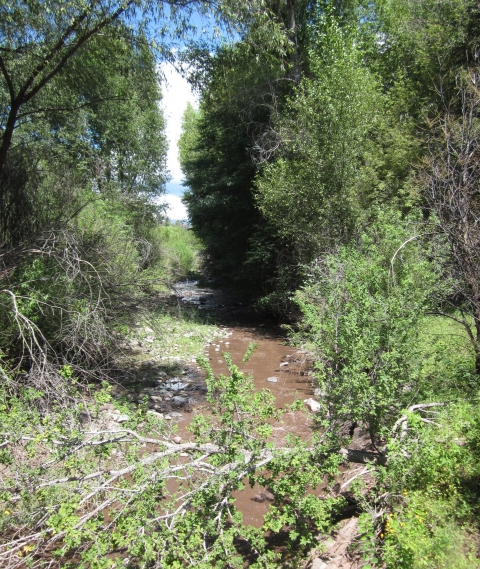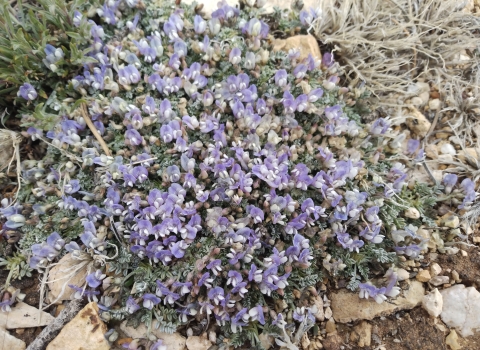The U.S. Fish and Wildlife Service is seeking public comment on an application for an Enhancement of Survival permit and draft Environmental Assessment associated with a proposed Conservation Benefit Agreement for three federally listed endangered fish species and one federally listed threatened snake in southeastern Arizona. The agreement addresses the conservation needs of the four listed species in upper Eagle Creek located within Greenlee and Graham counties, Arizona. The 30-day public comment period will close on Feb. 03, 2025.
The 50-year proposed Conservation Benefit Agreement (CBA) with Freeport Minerals Corporation would protect habitat and support the conservation of three fish species (spikedace, loach minnow and Gila chub) and the narrow-headed gartersnake. The biggest threats for all four species are habitat loss and nonnative species spreading into their ranges.
The CBA proposes the construction of a nonnative fish barrier on lands belonging to Freeport Minerals Corporation, thereby preventing the entry of nonnative aquatic species into the uppermost 8.4 miles of Eagle Creek, as well as tributary streams. The CBA also allows for the potential augmentation or reintroduction of all four species into a protected habitat. Furthermore, the CBA would authorize incidental take of the covered species resulting from the implementation of the CBA as well as Freeport Minerals Corporation’s ongoing management and operations downstream of the fish barrier.
In 1986, the spikedace and loach minnow were listed as threatened species under the Endangered Species Act, and their listing status was changed to endangered in 2012. The historical range of these species included the Gila River Basin in Arizona. The spikedace is now found only in 10 percent or less of its historical range, while the loach minnow is found in approximately 15 to 20 percent of its historical range.
The Gila chub was listed as an endangered species in 2005 and historically was found throughout the Gila River basin in southern Arizona, southwestern New Mexico, and northeastern Sonora, Mexico. The narrow-headed gartersnake was listed as a threatened species in 2014 and historically occurred in perennial drainages across the Mogollon Rim in Arizona and New Mexico. Both the Gila chub and narrow-headed gartersnake have been reduced in number and distribution through most of their historical ranges.
A Conservation Benefit Agreement is a formal, voluntary agreement between the agency and non-federal landowners to conserve at-risk species and their habitat. These agreements offer tools for participants to voluntarily develop and provide proactive conservation on private lands. In return for fulfilling the conditions of the CBA, participants receive assurances that the Service will not require any additional or different management activities without their consent.
Native aquatic species contribute to the biodiversity of waterways. The proposed action is consistent with ongoing recovery of the species, which will hopefully lead to their ultimate recovery and delisting.
The Service invites comments from the public, federal, Tribal, state, and local governments, and other stakeholders. The proposed Eagle Creek CBA and all associated documents can be found on regulations.gov by searching for docket number FWS-R2-ES-2024-0153. The Service will consider comment until Feb. 03, 2025.




